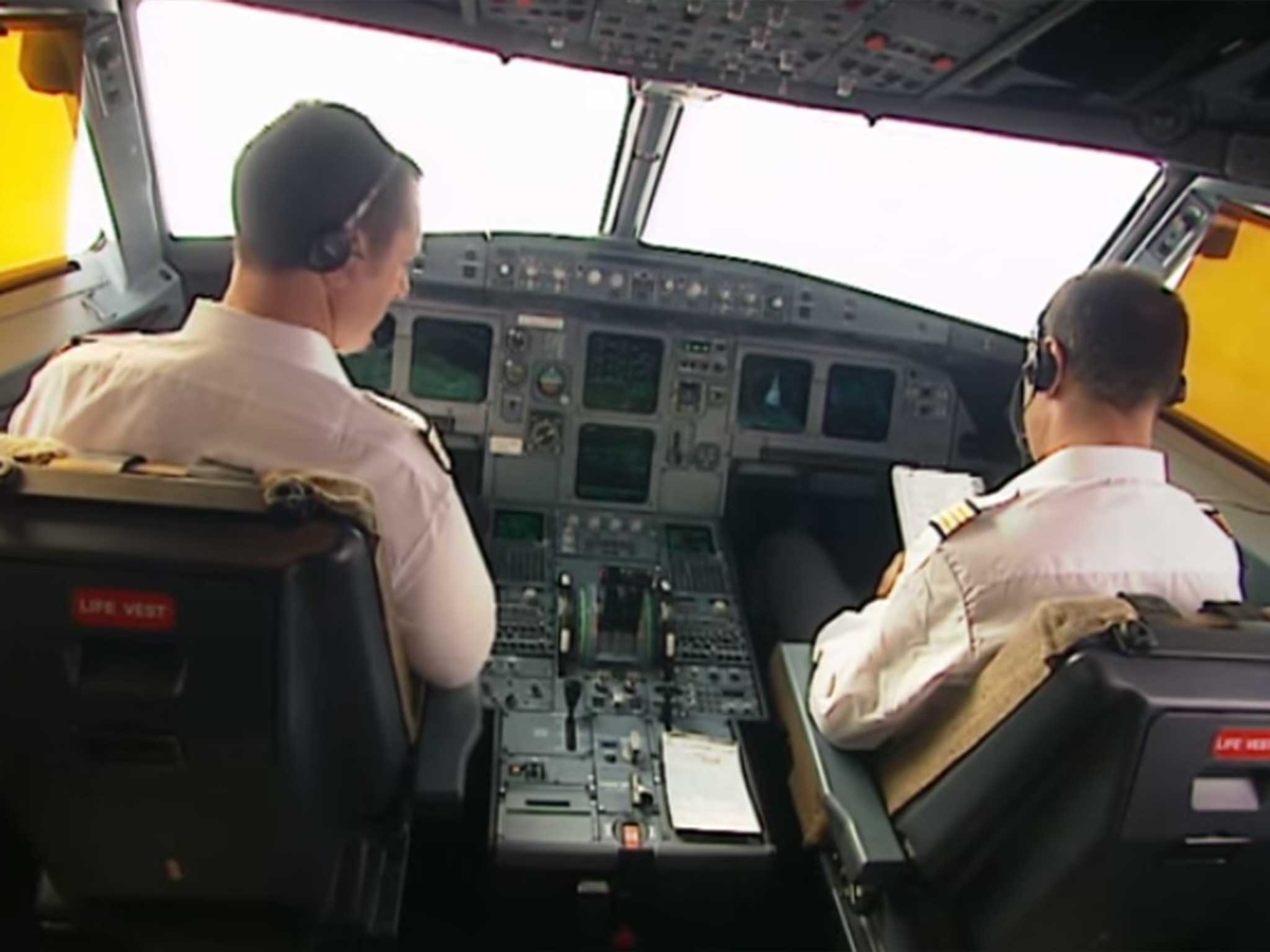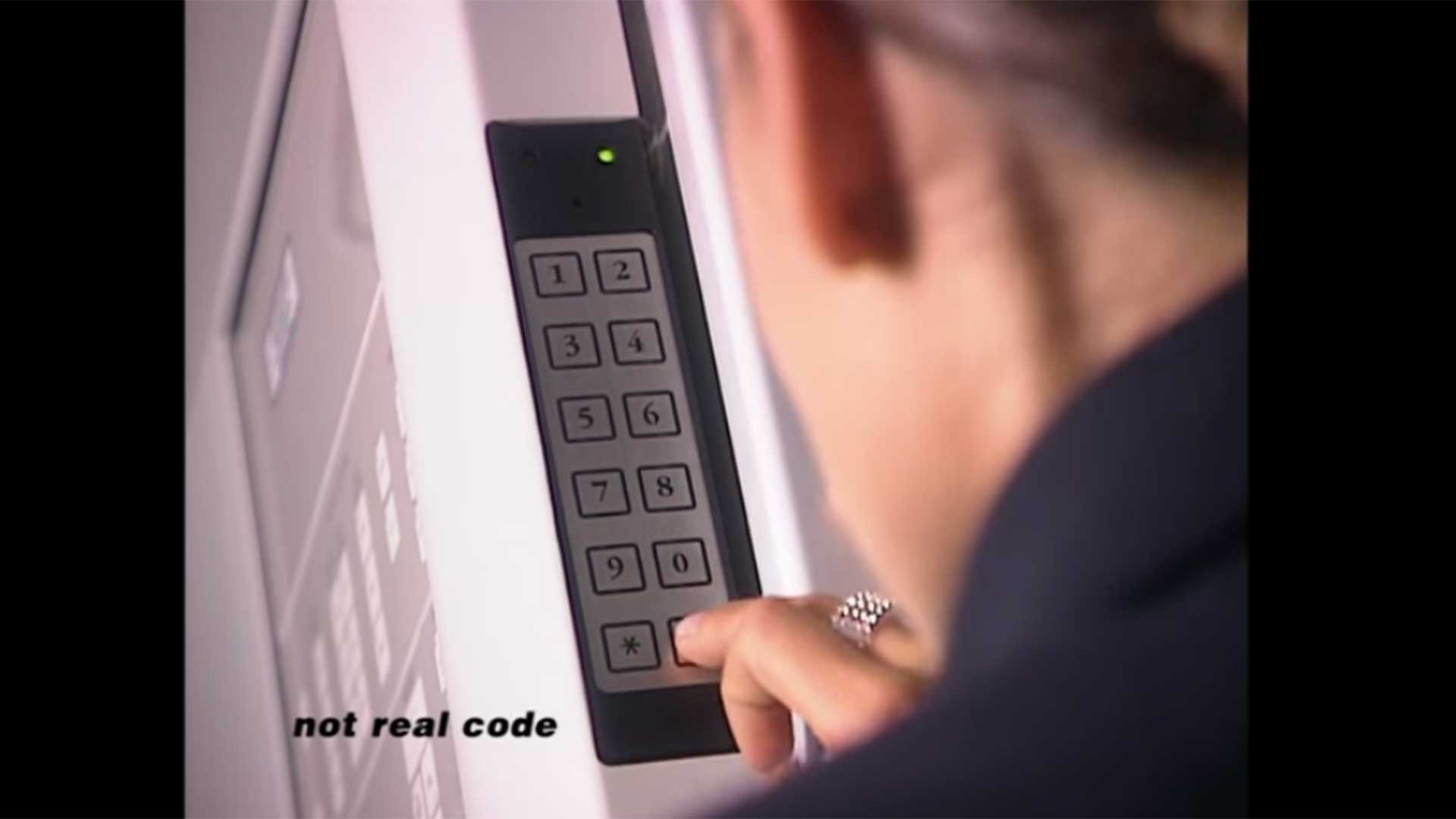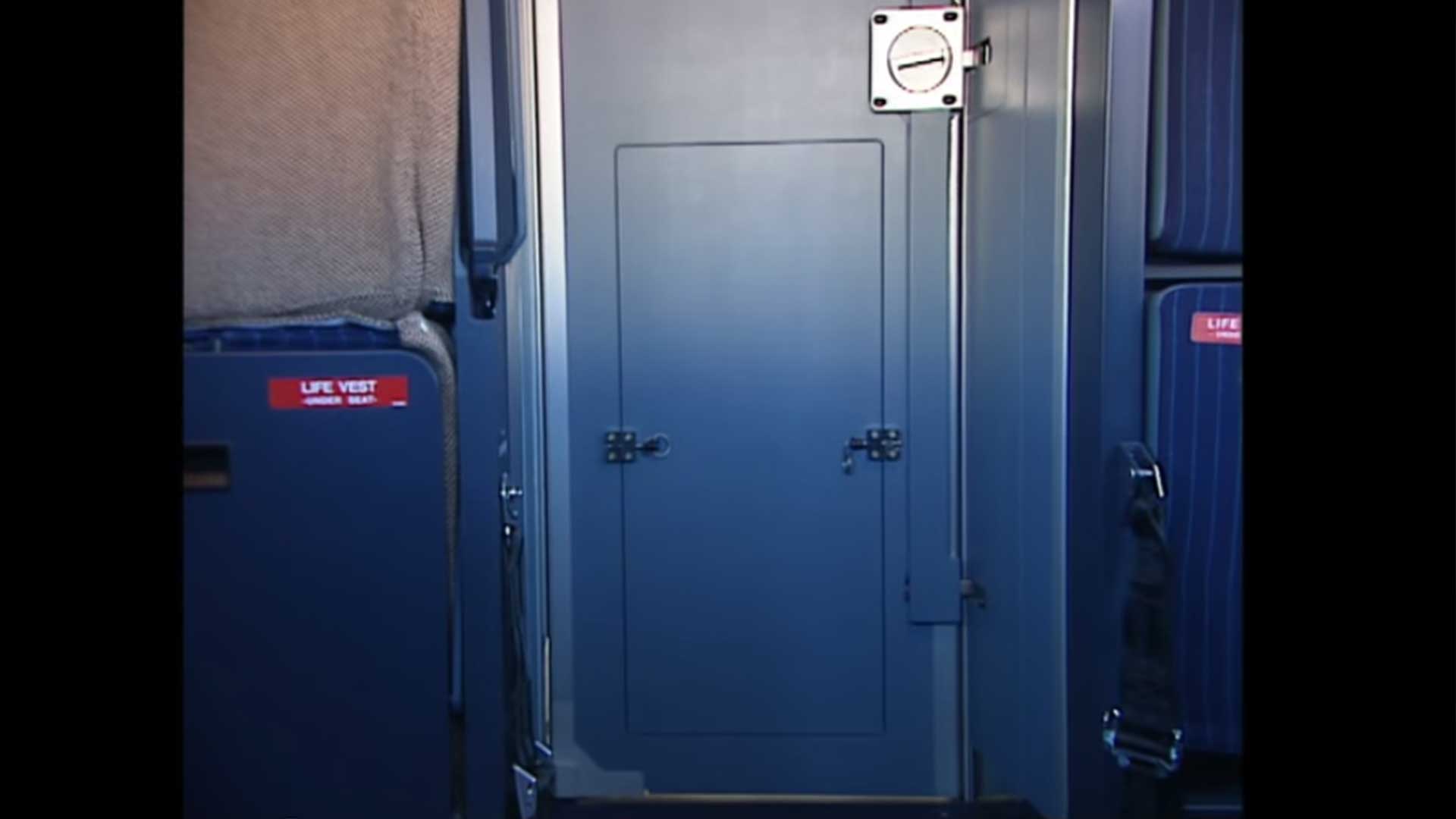Germanwings crash: Airbus video reveals how reinforced cockpit doors work
An Airbus video unearthed online shows how the flight-deck security system works

Your support helps us to tell the story
From reproductive rights to climate change to Big Tech, The Independent is on the ground when the story is developing. Whether it's investigating the financials of Elon Musk's pro-Trump PAC or producing our latest documentary, 'The A Word', which shines a light on the American women fighting for reproductive rights, we know how important it is to parse out the facts from the messaging.
At such a critical moment in US history, we need reporters on the ground. Your donation allows us to keep sending journalists to speak to both sides of the story.
The Independent is trusted by Americans across the entire political spectrum. And unlike many other quality news outlets, we choose not to lock Americans out of our reporting and analysis with paywalls. We believe quality journalism should be available to everyone, paid for by those who can afford it.
Your support makes all the difference.Until the 9/11 attacks, most passenger aircraft had a fairly flimsy door between the cockpit and the cabin.
At the time, an attack on the pilots and a takeover of the aircraft was considered implausible. But after the terrorist attacks, airlines began to install reinforced doors. Costing hundreds of thousands of pounds each, they are designed to be intruder-proof and bullet-proof.
A film released by Airbus to promote its new “Phase 2 Cockpit Door” shows in great detail how the flight-deck door security system works. The video, available on YouTube, describes the “new, door-opening logic” and presents key features to prospective customers.
Access code pad
This key pad is similar in appearance to that used for access to or within buildings. The normal procedure for any member of cabin crew entering the flight deck is to call on the plane’s interphone. Then they will press the # key - effectively the doorbell, which rings for three seconds. If the pilots are satisfied that it is a legitimate request for access - possibly confirmed by a check through the spyhole on the door - they will unlock the door using the door control toggle switch on. A green light illuminates on the key pad, allowing the door to be opened by the cabin-crew member.
Door control toggle switch

Since reports emerged about one pilot on flight 9525 being locked out, a lot of attention has focussed on this switch. It has three positions: Lock, Normal and Unlock.
The “Unlock” position is used to allow authorised people - usually cabin crew - to open the door.
In the “Normal” position, the door is locked - except in extreme circumstances, specifically “in case of confirmation in incapacitation of both pilots”, when a member of cabin crew can tap in the code and gain access.
The “Lock” position is an extra measure of security that is engaged when the pilots believe a non-standard attempt to gain entry is being made - such as someone hammering on the door. It is effectively a deadlock that can be engaged only from inside the flight deck.
The switch overrides the code pad for a pre-set length of time, typically five minutes.
It is intended to combat a scenario whereby a would-be hijacker threatens to harm a member of cabin crew unless they tap in the code to give access to the flight deck. The reason for the time limit is in case the pilots become incapacitated.
Emergency procedure

If cabin crew are unable to raise the pilots, a set procedure begins. A known four-digit code is tapped into the key pad, followed by #. This triggers a 30-second alarm on the flight deck, warning the pilots that the door is shortly to be unlocked and enabling them to switch to “Locked” position if they are conscious but not confident about the person wanting to gain access. If they take no action within the time available, the door is unlocked for five seconds to allow the members cabin crew to open the door.
Escape panel

In the lower part of the door is an escape panel that can be removed only from inside the flight deck. It would allow a pilot to squeeze through into the cabin (and back again) in the case of a failure in the door systems, but crucially works in one direction only.
Join our commenting forum
Join thought-provoking conversations, follow other Independent readers and see their replies
0Comments